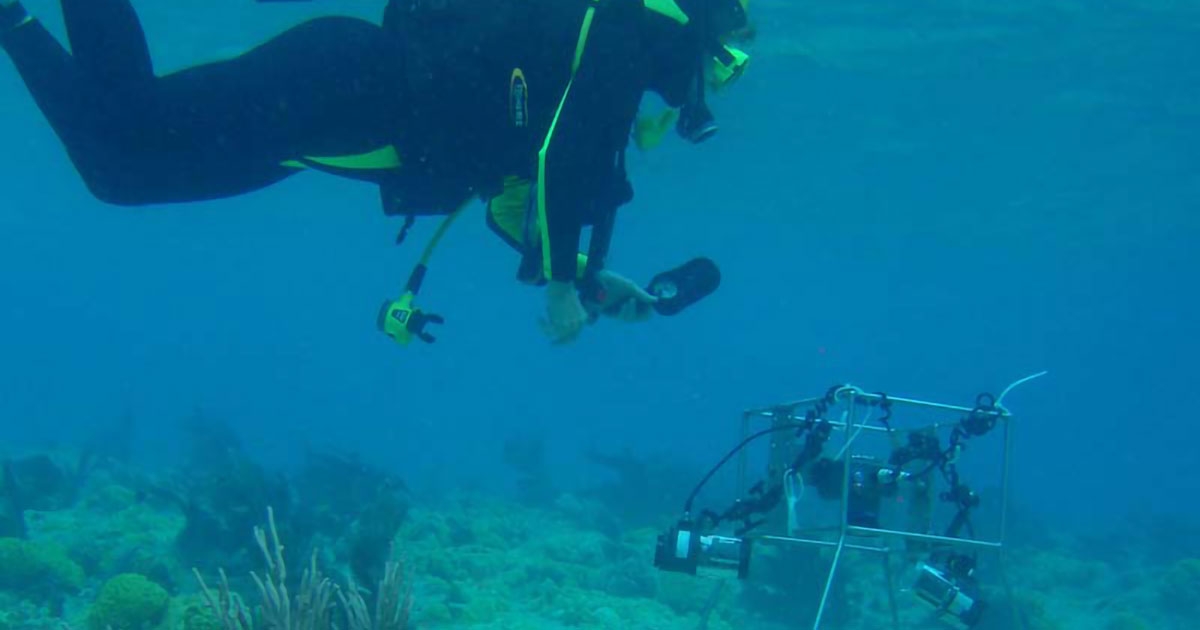
Did you know that CSA Ocean Sciences has collected thousands of underwater photos and videos every year for almost 5 decades?
Every year since the 1970’s, CSA performs multidisciplinary programs that range from nearshore monitoring surveys to full ocean depth studies. Visual data collection – photography and video – play a significant role in successfully fulfilling the scientific requirements of these programs around the globe. These data include thousands of photos and videos, from decades of projects, that comprise terabytes of data managed by CSA. CSA’s library is one of the largest of its kind in the world.
Photo documentation data are essential to programs that involve benthic habitat classification, as well as ground truthing of remote sensing surveys. Our staff regularly travels the globe to collect photographic data that are used to monitor long-term programs such as coral relocation, seagrass restoration, and pre/post-construction surveys, as well as to document damage to a marine habitat or various types of submarine infrastructure.
CSA owns and utilizes numerous subsea cameras, video systems, and remote camera platforms, such as towed video systems, drop cameras, and remotely operated vehicles (ROVs). The men and women of our marine operations teams have the capability and experience to transport these various platforms and photographic systems to wherever and whatever depth they are needed.
Our data collection can be separated into four basic groups:
- Divers use photographic data collection methods that vary depending on the project. In shallow water (less than 30 m) we regularly use American Academy of Underwater Sciences (AAUS) - certified divers experienced in conducting repetitive video transects or taking still photos. These still images and videos enable further analysis to identify and determine the relative abundance of marine organisms for desktop studies.
- Inspection class ROVs are used in the mid-depth range (to 300 m), beyond diver limits, or where diver entry is problematic, and we offer several in-house observation class ROVs. The systems are ultra-portable and we can deliver them to the project area in short order and at a limited expense. These robust little machines have the ability to collect high definition video, still photos, scaling lasers, scanning sonar, ultra short baseline tracking and more.
- Towed video systems and drop camera systems that can effectively and economically cover large project areas. These are particularly suited for linear facilities surveys and monitoring programs. We have designed a number of towed platforms that have towed thousands of miles in water as shallow as 1 m to depths greater than 3,500 m. Towed video offers significant cost savings over ROVs and has the ability to collect photographic data in high definition.
- CSA will routinely utilize work-class ROVs with our data collection packages, enabling them to collect the necessary project images and samples. Such kits outfitted to large Heavy Duty – Deepwater Work ROVs have included high definition video, high-resolution still cameras, scaling lasers, scanning sonar, inertial navigation systems, acoustic Doppler current profiles, water collection, sediment collection, coring and other devices.
Corporate Headquarters
8502 SW Kansas Ave.
Stuart, FL 34997

